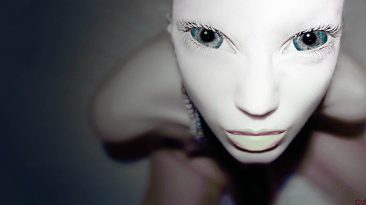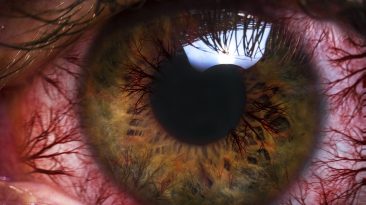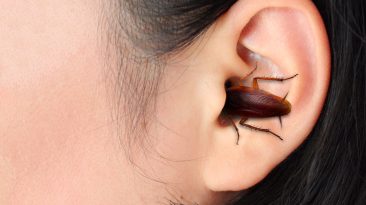You’ve always wanted to fly. And here you are, soaring above the clouds. No plane, no glider, no parachute. Wait. What? And that’s when it hits you. You’re dreaming. But this isn’t just any dream. This is a lucid dream. What is a lucid dream? And why do they happen?
Lucid dreams are dreams in which you know you’re dreaming. This means you can manipulate your dreams, making them more enjoyable. About 55% of people have had a lucid dream at least once in their life. And 23% have lucid dreams at least once a month. Can you induce a lucid dream? Are there any risks?
LUCID DREAMING
The majority of dreams happen during the REM, or rapid eye movement, cycle of sleep. During this period of deep sleep, your brain is more active, your eyes move quickly, and your breathing is faster. Scientists have discovered the brain’s prefrontal cortex is larger in those who have lucid dreams. This part of the brain makes decisions and recalls memories. This suggests that people who have lucid dreams may be more self-reflective and thoughtful. Some studies indicate that when you have a lucid dream you could be in a “between state” where you’re not entirely asleep or fully awake. Once you realize you’re dreaming, you might just wake up. Or you may be able to influence the dream, changing how you react to things happening within it. It may even be possible for you to train your brain to initiate lucid dreams. Want to try it for yourself?
- The Wake Back to Bed Method
Some lucid dreamers use the wake back to bed method. Set your alarm to wake up about five to six hours after falling asleep. But don’t go straight back to sleep. Stay up for another thirty minutes. The theory is that when you do go back to bed, you’ll fall immediately into REM sleep and be able to lucid dream.
- The WILD Method
Another technique is called wake-initiated lucid dream, or WILD. This is when you have a hypnagogic hallucination as you transition from being awake into a dream state. This type of hallucination can happen in that moment when you’re falling asleep but are still consciously aware of your surroundings.
- The MILD. Method
If WILD isn’t for you, you can always try MILD, the mnemonic induction of lucid dreams. As you fall asleep, think of a recent dream you’ve had and identify something in the dream that wouldn’t happen in real life, like flying. Then concentrate on reentering that dream.
THERAPY
Therapists use lucid dreaming to treat post-traumatic stress disorder, commonly referred to as PTSD, phobias and nightmare-induced anxiety. If you suffer from nightmares, lucid dreaming can help you change the dream and control the outcome. Even if you can’t control the dream, just recognizing that your nightmare isn’t real can lessen the impact on you. But being able to control a nightmare caused by PTSD or a phobia can help a person better deal with these conditions.
RISKS
Sure, lucid dreaming can be a lot of fun. But there are risks. Having such vivid dreams can lower the quality of your sleep. You may wake up easily and struggle to fall back asleep. This can lead to increased symptoms of depression. And if you already suffer from mental health disorders, lucid dreaming could blur the line between reality and dreamland. But what if all this is just a dream? You can train your mind to recognize dreams from reality by confirming your waking reality several times a day. Look in mirrors to see if everything is normal. Try to push your hand through solid objects. Pinch your nose to make sure you’re breathing. Or maybe spin a top and see if it topples over. Doing this multiple times a day will train your mind to repeat these reality checks while dreaming, which could lead to lucid dreams.
Sources
What Is Lucid Dreaming? Cherry, K (2022). Very Well Mind.
Lucid dreaming: Controlling the stories of sleep. Cohut, M (2020). Medical News Today.
How Long Do Dreams Last? Larson, J (2020). Healthline.
The Science of Recurring Dreams Is More Fascinating Than We Ever Imagined. Picard-Deland, C & Nielsen, T (2021). Science Alert.
The easiest way to lucid dream, according to science. Aspy, D (2018). Quartz.
Dreams, reality and memory: confabulations in lucid dreamers implicate reality-monitoring dysfunction in dream consciousness. Corlett, P.R et al (2014). National Library of Medicine.

















